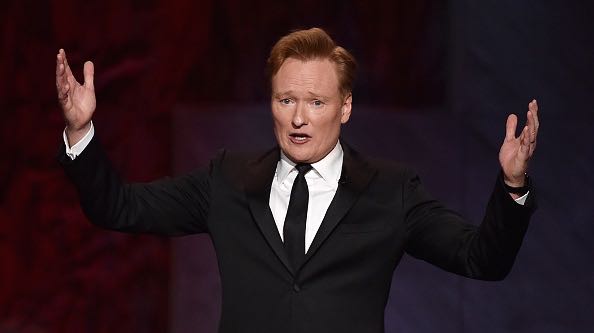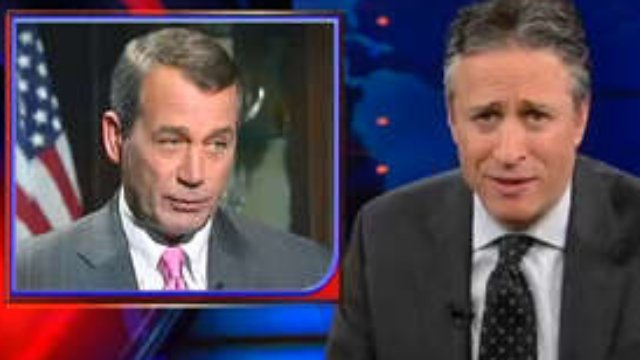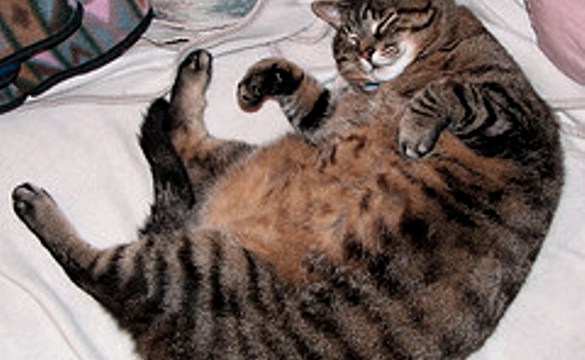Team Coco? The Social Media Campaign Behind Conan O’Brien’s New TBS Show

In a guest post today, AU graduate student Allison Kind takes a look at the social media campaign behind the launch of comedian Conan O’Brien’s new show on TBS.–Matthew Nisbet
In 1993, at just thirty years old, unknown comedian Conan O’Brien was hired to replace David Letterman as host of NBC’s The Late Show. O’Brien emerged as the rebellious and fresh comedian of late night comedy shows as he successfully developed a large following of young and loyal fans.
Fast-forward to January 2010. After years of success as both host of The Late Show and a short-lived promotion as host of The Tonight Show, O’Brien was unexpectedly about to be fired. Instead of ending his career, that month marked the beginning of a new public relations campaign for O’Brien that would re-brand him and culminate in the launch of his new show “Conan,” debuting November 8 on TBS.
When the negotiations between O’Brien and NBC began during the first week of January, the public rallied behind O’Brien. As part of the departing agreement with NBC, O’Brien was prohibited from creating a new show or appearing on television for 11 months. Loyal Conan fans criticized NBC as unfair and selfish, helping to generate and sustain a wave of support.
In early February, fan-created Facebook and Twitter pages coining O’Brien’s new nickname “Coco” emerged and quickly gained popularity. Thousands of fans began to follow and join these social networking groups showing the strong base of support among younger fans.
Harnessing this wave of support, O’Brien began targeting a loyal Generation Y audience. The cohort of Generation Y includes people born between the 1980s and 1990s, many of whom rely primarily on mobile technology, social media, and online tools to consume news and entertainment. In recent years, given the orientation of this key consumer segment, social media has become the new way to engage active Internet users. Social media sites including Facebook and Twitter enabled O’Brien to directly reach this technologically savvy target audience of young adults.
Over the course of a few months, O’Brien immersed himself within the online social media craze by creating his own Twitter account and website, www.TeamCoco.com. O’Brien could now organize and communicate with his audience and target them directly with his messages. By using social media to continue a dialogue outside mainstream channels such as television, he reached out to his younger fans through a more intimate medium to which they could relate.
As evidence of O’Brien’s wave of youth support, an October 17 Wall Street Journal article (“Leno’s Younger Viewers Slip Away”) explains that since Leno was re-established as host of the Tonight Show, younger viewership (defined as ranging from 18-49 years old) has dropped 25%. Leno has been unable to restore his younger fan-base or compete with O’Brien’s youth-tailored PR campaign.
O’Brien began this campaign tentatively. He did not want nor expect to leave NBC and his final message to fans on The Tonight Show was hopeful and a repudiation of cynicism.
However, O’Brien has been active over the course of the previous months preparing for a new show fueled by a renewed image. He successfully mobilized and sustained the support he received during his dispute with NBC and used various social media outlets to strategically target this specific cohort of Generation Y.
Without access to television, O’Brien had to rely on new and diverse media. These tools only enhanced the sense that he was finally embracing his unique and edgy comedic appeal. O’Brien’s success shows how a campaign can build excitement for a new product (in this case his show) while existing completely online and in non-traditional media.
—Guest post by Allison Kind, a graduate student pursuing a Masters degree in Public Communication at American University’s School of Communication. Before graduate school, Allison received a BA in Communications from The George Washington University.





